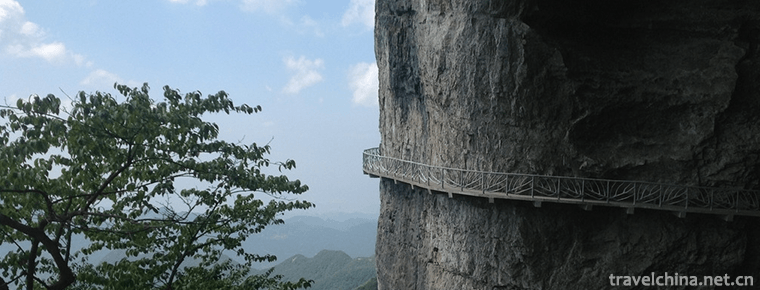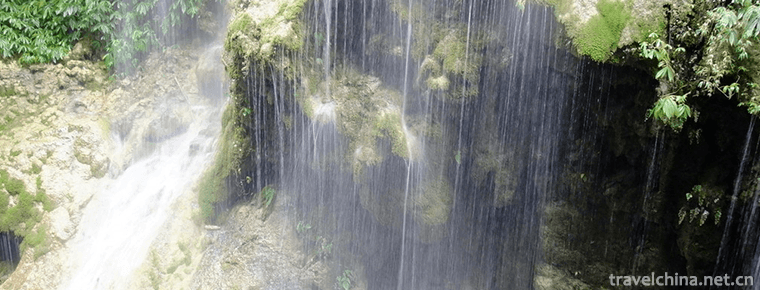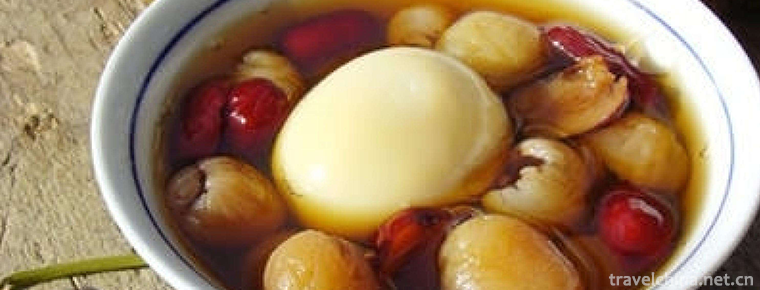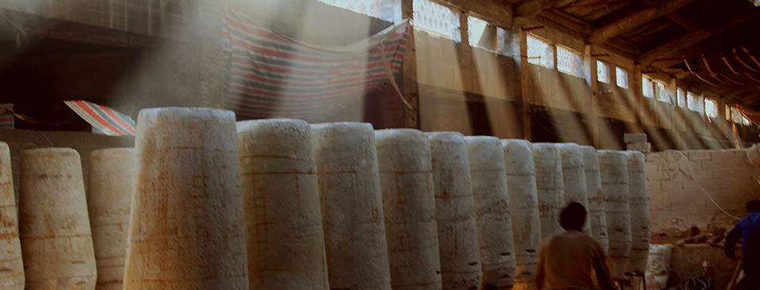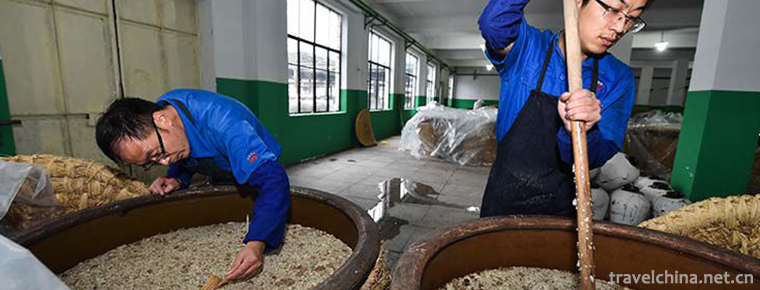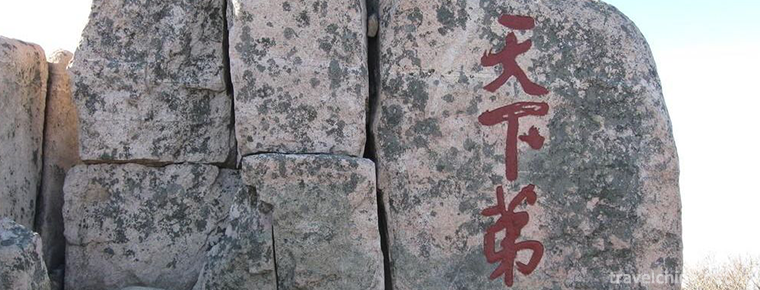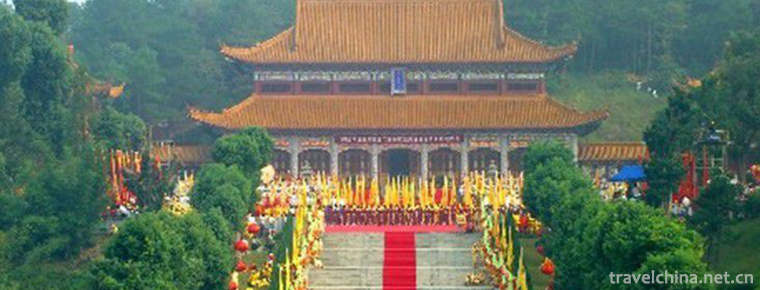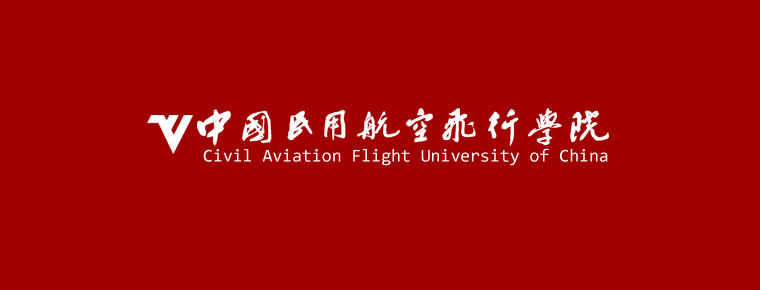Beipiao Folk Stories
Beipiao Folk Stories
Beipiao Folklore is a local folk literature in Liaoning Province. It includes eight categories: folklore, character legend, fantasy story, life story, animal and plant story, custom story, joke, fable and so on. In addition, there are a large number of local folk songs and proverbs.
On June 7, 2008, Beipiao Folk Stories were approved by the State Council to be included in the second batch of national intangible cultural heritage lists.
Historical origin
Beipiao has a history of more than three thousand years.
During the Spring and Autumn Period and the Warring States Period, Beipiao belonged to Donghu Shanrong.
Qin belongs to Liaoxi County.
Western Han Dynasty belongs to Youzhou Liaoxi County.
The Eastern Han Dynasty belongs to Liucheng County, Youzhou County, Liaoxi County.
The Wei and Jin Dynasties belong to Changli County.
The former Yan, the former Qin Dynasty and the latter Yan of the Sixteen Kingdoms of the Eastern Jin Dynasty belong to Changli County.
North Yan belongs to Changli Yinlong City.
The Northern Wei Dynasty belongs to Longcheng (and Longcheng) in Changli County, Yingzhou.
The Eastern Wei Dynasty and the Northern Qi Dynasty belong to Yingzhou.
The Sui Dynasty belongs to Liucheng County, Liucheng County.
Tang belongs to Liaoxi County. In the first year of Tianbao (A.D. 742), Liucheng, the prefecture's governing post, was changed.
Liao belongs to Zhongjing Road, which is located in Beipiao County. In the three years of Huitong (940 A.D.), Xiankang, the prefecture of Sichuan, was established. It has jurisdiction over three counties: Xiankang County (Sijiban, Nanbajiazi Township), Hongli County (Tuchengzi) and Yimin County (Heichengzi Town). Then Shengji County (Shangyuan Town) was set up.
Jin Dading six years (1166) to Chuanzhou Yimin County, belongs to Beijing Road Xingzhong Government.
Yuan belongs to Chuanzhou, Daning Road.
Ming Dynasty belongs to Yingzhou Qianyouweitun (Chaoyang) and later to Tainingwei (Chaoyang to the west of Liaohe River in Fuxin is also called Tummet Right Flag of Zhuosuotu League in Mongolia).
Qing belongs to the eastern border of Tazigou Hall.
Guangxu 30 years (1904) is under the jurisdiction of Chaoyang County.
primary coverage
Folk literature is a linguistic art created orally and handed down orally by the people. Beipiao has a long history and profound cultural accumulation. As an organic part of the spiritual wealth inherited and created by the people of Beipiao, the folk literature of Beipiao naturally reflects the spiritual style of the people of Beipiao from all aspects, and the unique historical and cultural characteristics and distinctive artistry of Beipiao, a hot land. Local folklores and stories handed down from generation to generation are precious folk cultural heritages shared by the Mongolian and Han nationalities in Western Liaoning Province. They have distinct regional cultural characteristics and important scientific, historical and cultural values.
Inheritance significance
Beipiao folk tales have a strong and simple artistic style, inheriting the characteristics of Han folk literature better than narrative, and absorbing the artistic characteristics of Mongolian folk literature better than analogical description. The folk tales in Beipiao are easy and popular in language, smooth and natural in narration, distinctive in characters, rich in the characteristics of Chinese folk literature, exuding a strong local flavor, and of high humanistic value. These folk literary works, or beautiful and moving myths and legends, or thought-provoking folk stories, or lively and simple folk songs, or folk proverbs to alert future generations, are all the crystallization of wisdom of the Beipiao people of all nationalities and are well received by the people.
Inheritance status
In 1984, the Beipiao Municipal Culture Museum published a collection of folk tales, The Songs of Tummett. From 1985 to 1987, in the three integrated projects of folk literature in the major National Humanities Research projects, a 500,000-word "Chinese Folk Literature Integrated Liaoning Volume Beipiao Data Book" was awarded the first prize in the provincial evaluation. In 2008, Beipiao Cultural Bureau published the first volume of Beipiao Folk Literature.

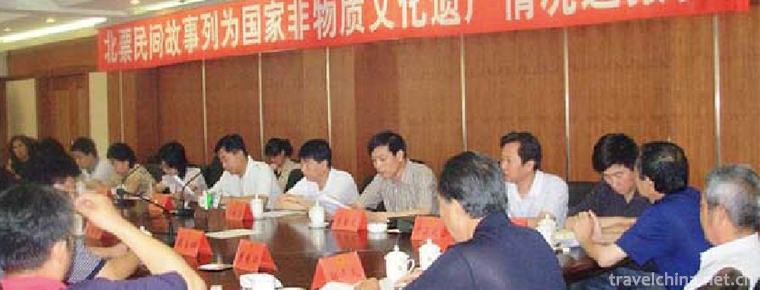
-
Nanchuan Jinfo Mountain
Jinfo Mountain: World Natural Heritage, National AAAAA Tourist Scenic Spot, National Key Scenic Spots, National Forest Park, National Nature Reserve, National Natural Heritage.
Views: 272 Time 2018-12-12 -
Saint Sophia Cathedral in Harbin
St. Sophia Church is located in Sophia Square, Daoli District, Harbin City, Heilongjiang Province, China. It is a Byzantine-style Orthodox Church built in 1907.
Views: 170 Time 2019-02-08 -
Water Curtain Gorge Scenic Area
Shuixian Gorge Scenic Area is located in the southern mountain area of Jinan, Liubu, the first town of ecotourism in Shandong Province. Covering an area of more than 6000 mu, Jinan's No. 1 Peak Ladder.
Views: 171 Time 2019-02-13 -
Fried egg with Longan
Oyster with longan is a dish name. Its raw materials have certain medicinal effects of traditional Chinese medicine and have medicinal effects on human body..
Views: 261 Time 2019-03-24 -
Construction Techniques of Jingdezhen Traditional Porcelain Kiln Workshop
Jingdezhen traditional porcelain kiln workshop building skills, Jiangxi Province Jingdezhen local traditional ceramic industry building and building skills, one of the national intangible cultural her.
Views: 86 Time 2019-05-08 -
Brewing Techniques of Shaoxing Yellow Rice Wine
Shaoxing has a long history of brewing wine, which can be traced back to the Spring and Autumn Period and the Warring States Period. By the time of the Northern and Southern Dynasties, it was well-kno.
Views: 162 Time 2019-06-14 -
Legend of Mount Tai
Taishan legend is one of the folk legends in Shandong Province. According to legend, the history of the Theocracy of Taishan God in charge of life and death can be traced back to the pre-Qin period. A.
Views: 194 Time 2019-06-18 -
Yandi Festival
"Yandi Mausoleum Festival" is divided into official and folk sacrifices. Folk sacrifice began in summer, official sacrifice originated in Zhou, and Emperor sacrifice originated in Tang Dynas.
Views: 165 Time 2019-07-10 -
Civil Aviation Flight University Of China
The school is directly under the Civil Aviation Administration of China. Its predecessor was established in May 1956 with the approval of Premier Zhou Enlai. Chairman Mao Zedong appointed the aviation.
Views: 176 Time 2019-08-31 -
Beijing University of Posts and Telecommunications
More than sixty years of wind and rain, more than sixty years of spring and autumn fruits. In the north of Mingguang and the south of Jimen, the ancient city walls witness the ever-lasting radio waves.
Views: 116 Time 2019-09-22 -
Deyang first industry
In 2018, the sown area of crops in Deyang City was 477000 hectares, 533 hectares less than the previous year, a decrease of 0.1%. Among them, the sown area of grain crops was 311000 ha, decreased by 1525 ha, decreased by 0.5%; the sown area of oil .
Views: 125 Time 2020-12-14 -
Nanchong transportation
In 2019, the total mileage of Nanchong highway is 23100 km, including 574.06 km of expressway. The highway freight turnover was 10.921 billion ton kilometers, down 1.6% from 2018, and the highway passenger transportation turnover was 2.511 billion person kilometers, 17.7% lower than that in 2018..
Views: 342 Time 2020-12-17
